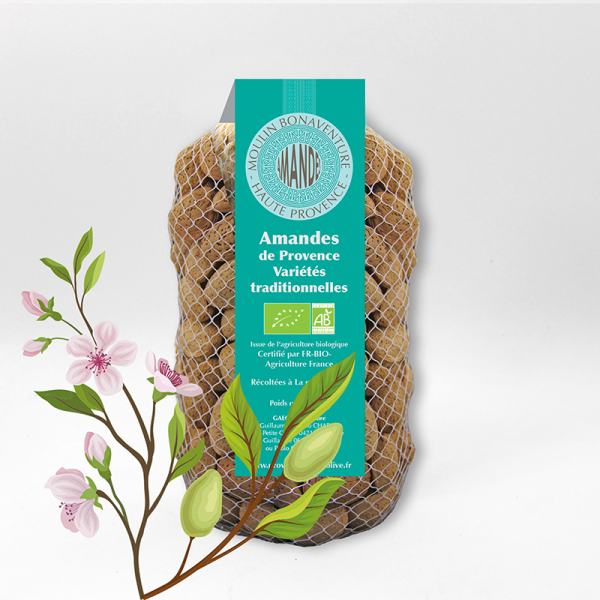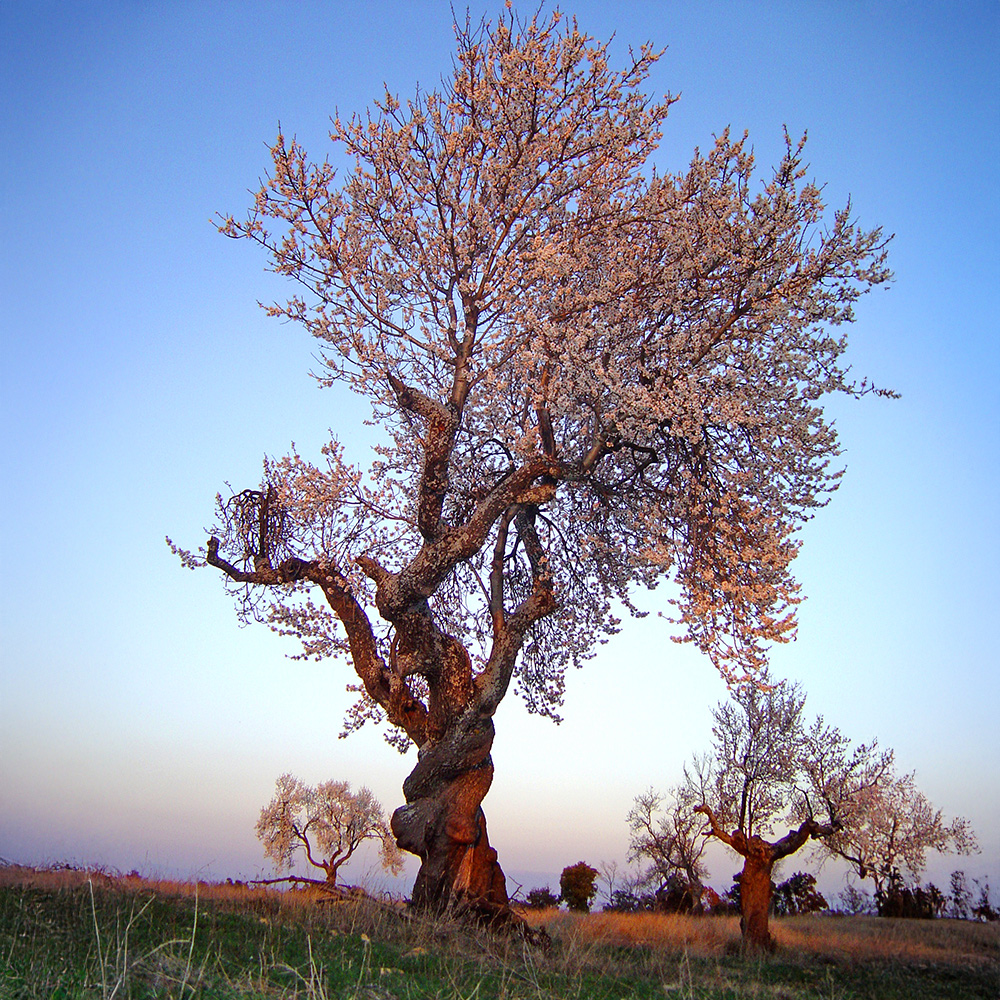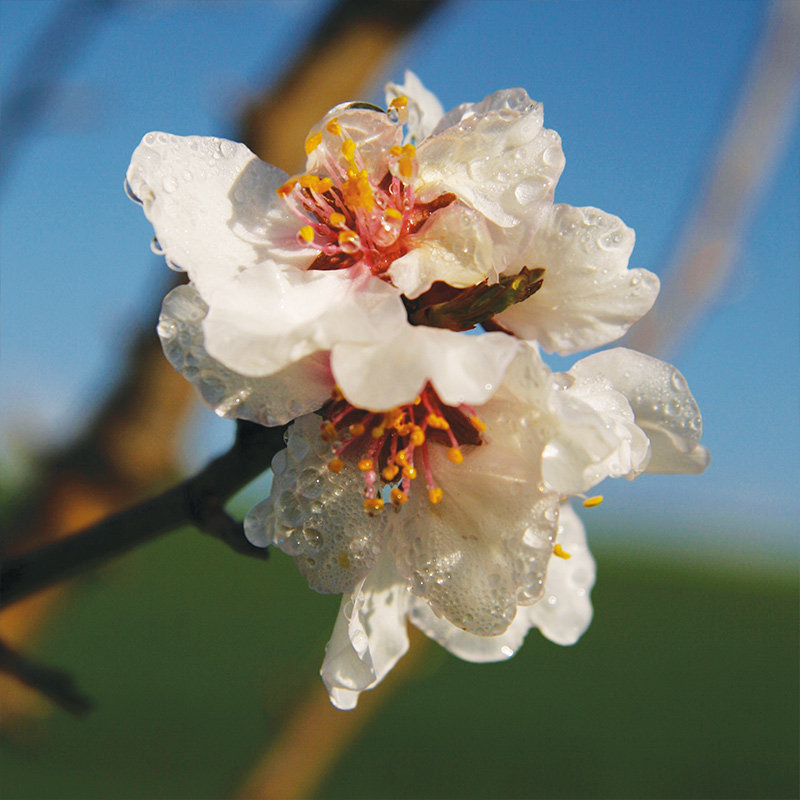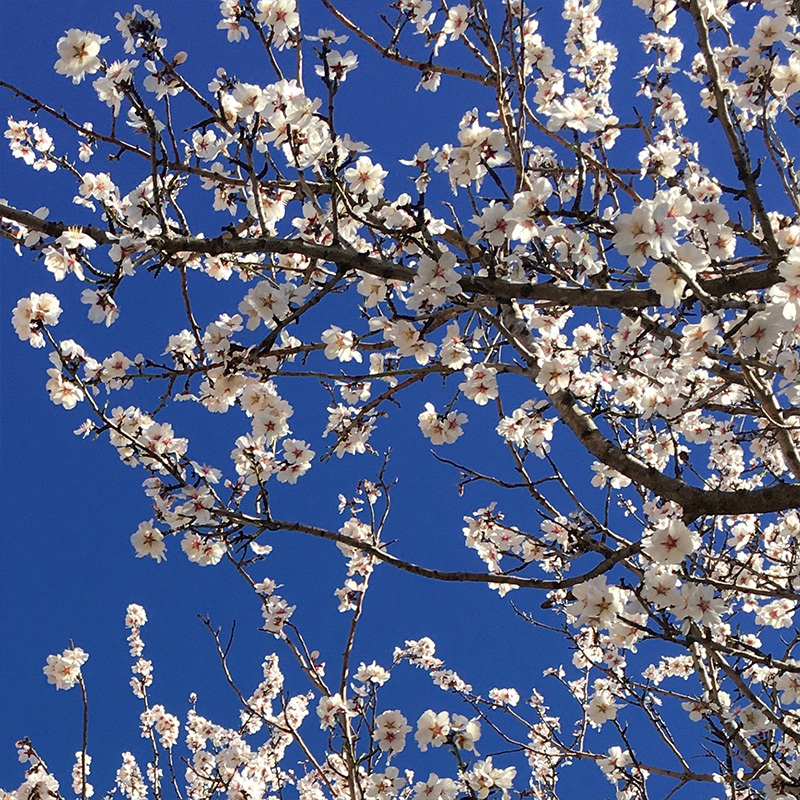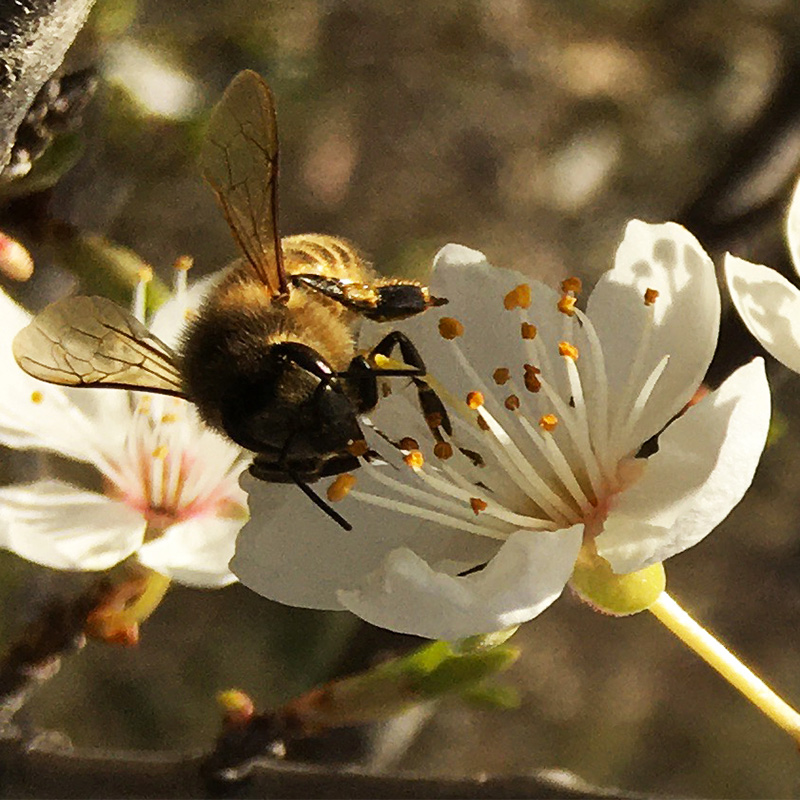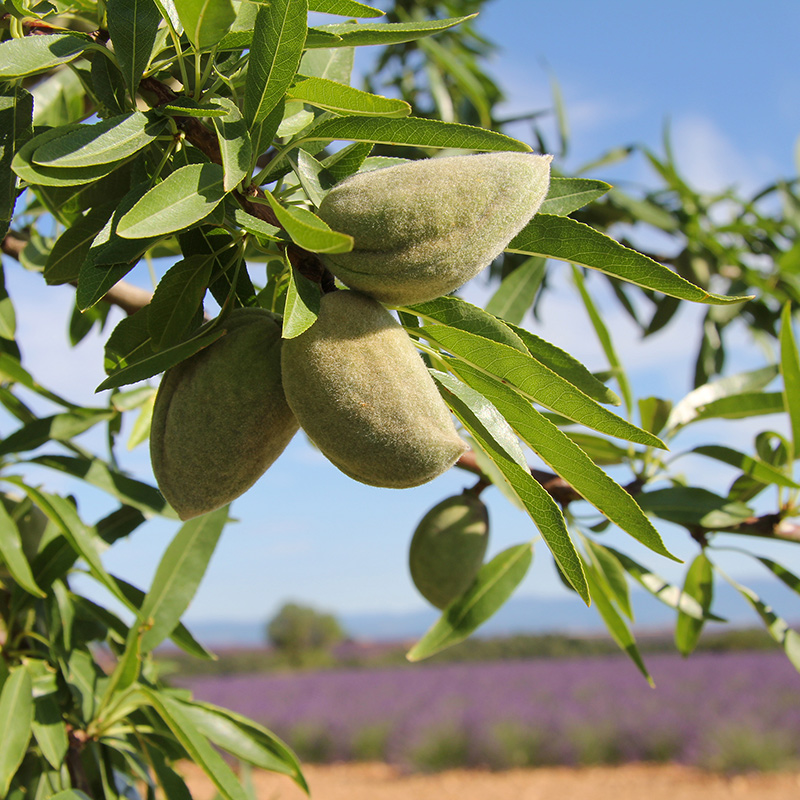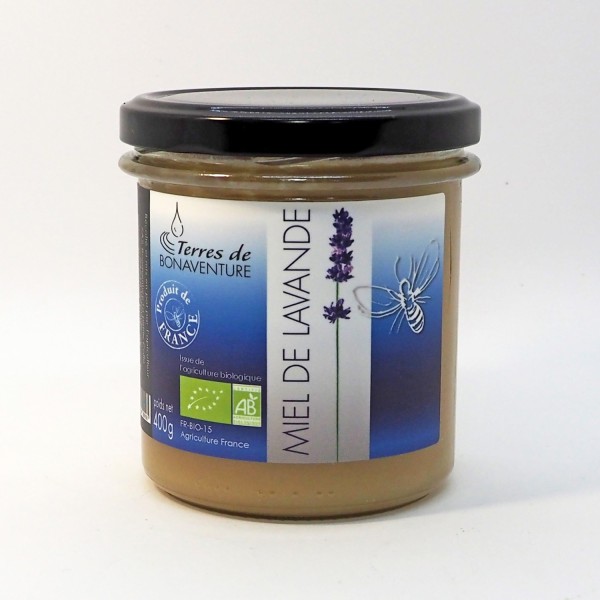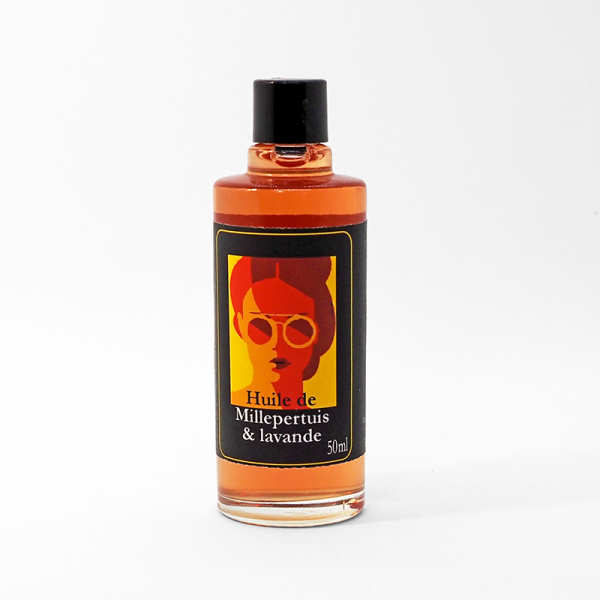Wheat was grown under cover of trees, which also provided shelter for flocks. Its highly prized almonds were used, among other things, to make calissons from Aix-en-Provence.
From the 1960s onwards, mechanization, the intensification of agriculture and the emergence of industrial lavender cultivation led to the uprooting of the trees to enable tractors to drive straight ahead.
The former owner of the land at La Petite Colle had left to seek his fortune in the Americas with the inhabitants of the neighboring Ubaye valley during the Mexican epic (see the history of the “Barcelonnettes” from the 19th century to the 1950s). He was careful to forbid the farmer from uprooting the trees. It's these same trees, some twenty ancient varieties scattered across the plots, that we care for and harvest. Sometimes a hundred years old, they stand proud and sovereign, with an insolent modesty that gives rhythm to the plateau's landscape.
In their hollow, tormented trunks, sculpted by catabatic winds, they are also the refuge of our dukes, hoopoes, rollers, African hunters and other colorful piping birds.
A long process of variety identification has been undertaken to preserve this genetic heritage.

